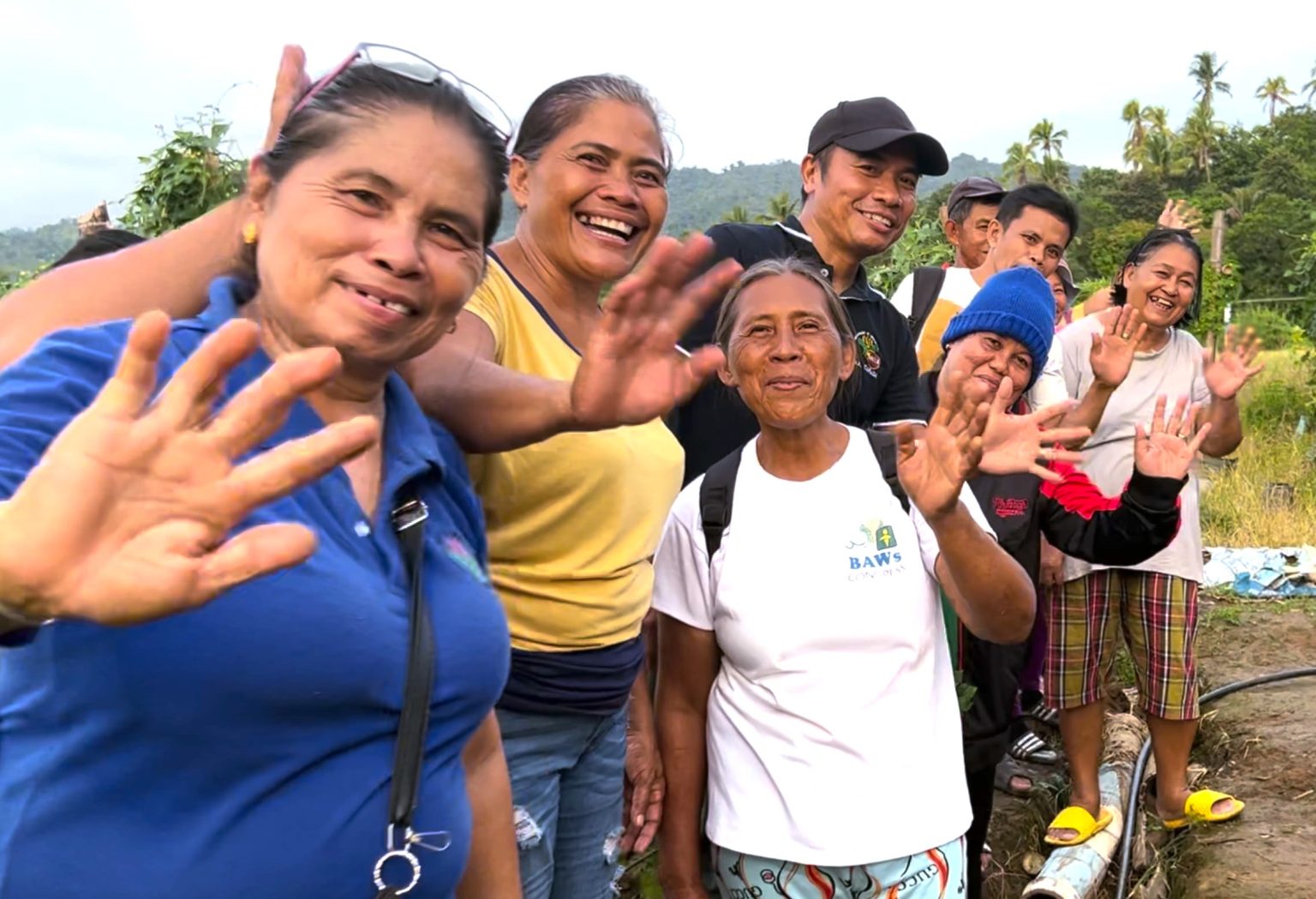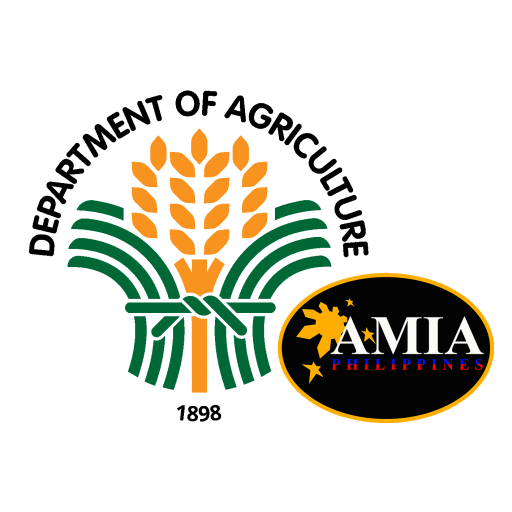
The Department of Agriculture (DA), through its Adaptation and Mitigation Initiative in Agriculture (AMIA) Program, has successfully established 226 AMIA villages across the Philippines. These villages serve as models for building climate resilience, empowering local communities to manage climate risks and increase adaptive capacities while pursuing sustainable livelihoods.
AMIA Villages are designed as model communities where adaptation and mitigation initiatives are tested and showcased. They act as hubs for institutional linkages and best practices, promoting climate-resilient agriculture (CRA) practices. Serving as “lighthouses,” these villages guide farmers in learning and adopting different CRA technologies, enabling them to experience increased productivity and incomes amidst climate change. By equipping farmers with the necessary knowledge and tools, AMIA Villages help build their resilience and productivity in an increasingly challenging agricultural environment.
The program currently spans 71 provinces, benefiting approximately 18,000 farmers and fisherfolk. Region 3 leads with the highest number of AMIA Villages at 23, followed by Regions 9 and 12 at 20 villages each. Meanwhile, several newly established villages have been set up in Central Luzon, Calabarzon, Eastern Visayas, and Soccsksargen.
For adaptation efforts to be effective, it must be done on a wide scale. Recognizing this, the DA transforms and expands AMIA villages from small production units into town or province-level CRA actions to become climate-resilient business enterprises.
These then are expanded to cover other villages, scaling out into towns or province level, to take advantage of economies of scale in terms of production and marketing.
The objective is to transform farmers into “agri-preneurs” by assisting them in developing commodities, exploring product development for marketing, and achieving higher incomes. This transformation into market-oriented CRA enterprises is facilitated through the AMIA-CREATE (Climate-Resilient Agri-Fishery Technology-based Enterprises) Framework.
The development of AMIA villages follows a four-phase approach under the AMIA Development Pathway. In the early phases, communities focus on organizing and building capacity, as well as adopting CRA technologies and practices. As they progress, they move toward establishing climate-resilient enterprises. At the final phase, villages achieve full integration, where farmer beneficiaries demonstrate increased adaptive capacities through higher productivity and incomes. Out of the 226 AMIA Villages, 86 are in Phase 1, some 111 in Phase 2, 25 in Phase 3, and 4 are operating in Phase 4.
These villages are established through partnerships with the DARegional Field Offices, Local Government Units (LGUs), Civil Society Organizations (CSOs), and the private sector. This collaborative approach ensures that the communities are empowered, receiving tailor-fitted and integrated support services, such as site-specific climate information, CRA technologies, capacity-building on adaptation and disaster risk reduction, decision-making tools, access to credit and insurance, and market linkages.
The establishment of AMIA Villages is a key strategy in the DA’s climate action initiatives. This novel extension model organizes farmers tilling adjacent farmers—covering roughly 100 hectares and facing the same climate risks—into AMIA Villages. Farmers collectively identify the climate risks they face and select appropriate adaptation strategies to help address these risks. The common adaptation strategy for all AMIA villages is to increase productivity and incomes of farmers and fisherfolk, while the common adaptation measure being adopted is integrated farming and farm diversification.
The AMIA Villages bring transformational change, empowering small and vulnerable agri-fishery communities to ensure that no one is left behind. The AMIA village approach is a community-based adaptation model, providing integrated support to equip farmers with the right knowledge, tools, and resources needed to adapt and thrive in the face of climate change. (Joy Calvar, DA CRAO)
